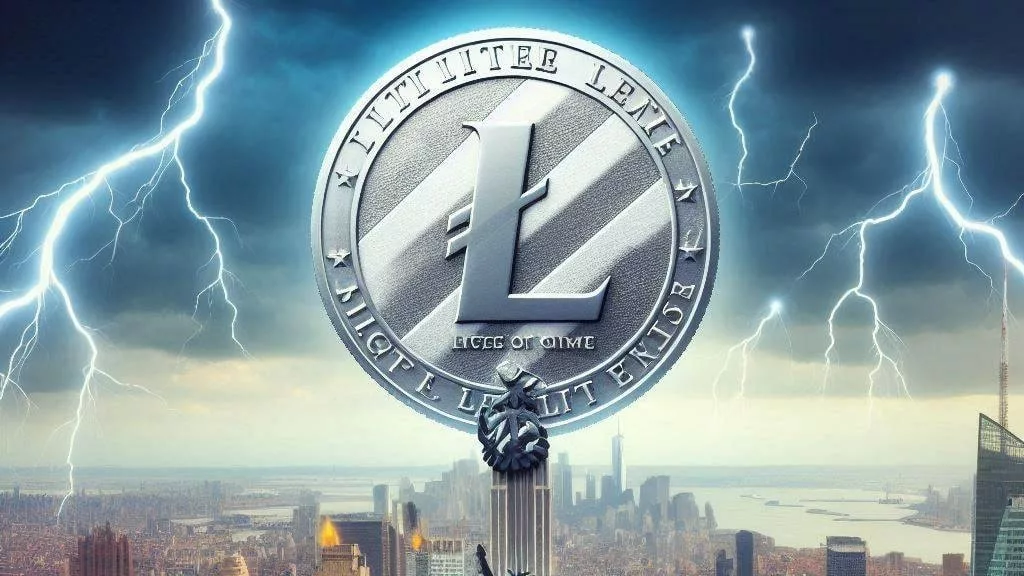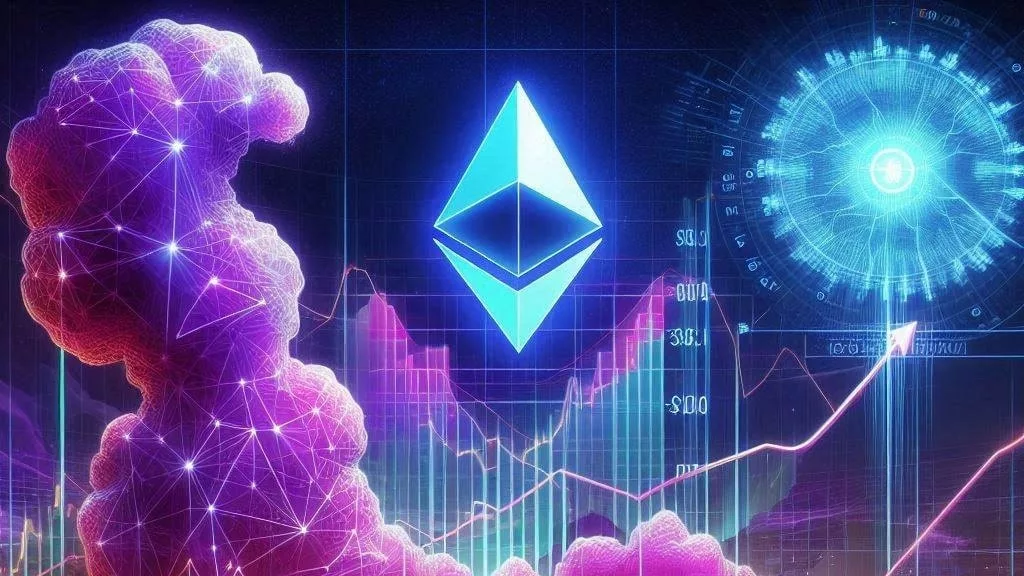
Litecoin (LTC) has recently been highlighted for having the highest percentage of long-term holders (LTH) among major cryptocurrencies. According to data from IntoTheBlock, 77.7% of all Litecoin holders are long-term investors, which outpaces Bitcoin (BTC), Ethereum (ETH), and even Shiba Inu (SHIB) in terms of HODLing loyalty. While this indicates strong faith in Litecoin’s future, it also reveals underlying issues that are making traders wary of short-term gains.
Litecoin’s impressive number of long-term holders suggests that many investors believe in the altcoin’s future potential. However, this high percentage of LTH means that a significant portion of Litecoin’s supply remains untouched, which can lead to low turnover and less demand pressure in the market. When coins aren’t actively traded or circulated, it often limits bullish momentum and can result in stagnant price action.
Although this kind of stability might sound appealing, it also implies limited short-term trading activity, which could suppress price spikes or recovery, especially when market conditions are weak. This could be one reason why Litecoin’s price has been struggling to gain significant ground recently.
The Market Value to Realized Value (MVRV) ratio provides further insight into Litecoin’s current situation. At the time of writing, the 60-day MVRV for Litecoin stood at -12.7%. This negative value indicates that most holders who acquired LTC in the past two months are, on average, sitting at a loss. While negative MVRV ratios can sometimes signal undervaluation and present potential buying opportunities, they also reflect a lack of market confidence in the current price action.
A negative MVRV typically suggests that investors are hesitant to buy into ongoing weakness, which could explain why Litecoin is struggling to break through key resistance levels. Even though long-term holders remain committed, there is little short-term demand pushing the price higher.
At the time of writing, Litecoin’s price was $90.98. Despite a slight uptick, the cryptocurrency is still underperforming compared to its moving averages. Litecoin’s 50-day moving average sits at $102.24, while the 200-day moving average is higher at $110.95. LTC has been unable to reclaim these levels, indicating a lack of bullish momentum.
Furthermore, Litecoin’s Relative Strength Index (RSI) was at 43.46, reflecting weak momentum with no immediate signs of bullish divergence. In simpler terms, Litecoin’s price is currently stuck in a consolidation phase, with no clear breakout to the upside. Unless the price can push past the $102 resistance, it is likely to continue this sideways movement.
Despite the loyalty of its long-term holders, Litecoin’s current market performance presents challenges. The high percentage of HODLing combined with low short-term profitability, negative MVRV, and lackluster price action all suggest that the coin is struggling to gain traction. Traders looking for short-term gains may be cautious, as the price continues to be trapped beneath key resistance levels.
For Litecoin to see a more sustained rally, broader market sentiment would need to improve, or a catalyst would need to trigger new demand. Without these factors, Litecoin may remain in a consolidation phase for the foreseeable future.
In conclusion, while Litecoin’s strong base of long-term holders signals confidence in its future, traders remain cautious due to its weak short-term profitability and stagnant price action. The coming weeks will be crucial in determining whether Litecoin can break out of its consolidation phase and regain bullish momentum.




Get the latest Crypto & Blockchain News in your inbox.